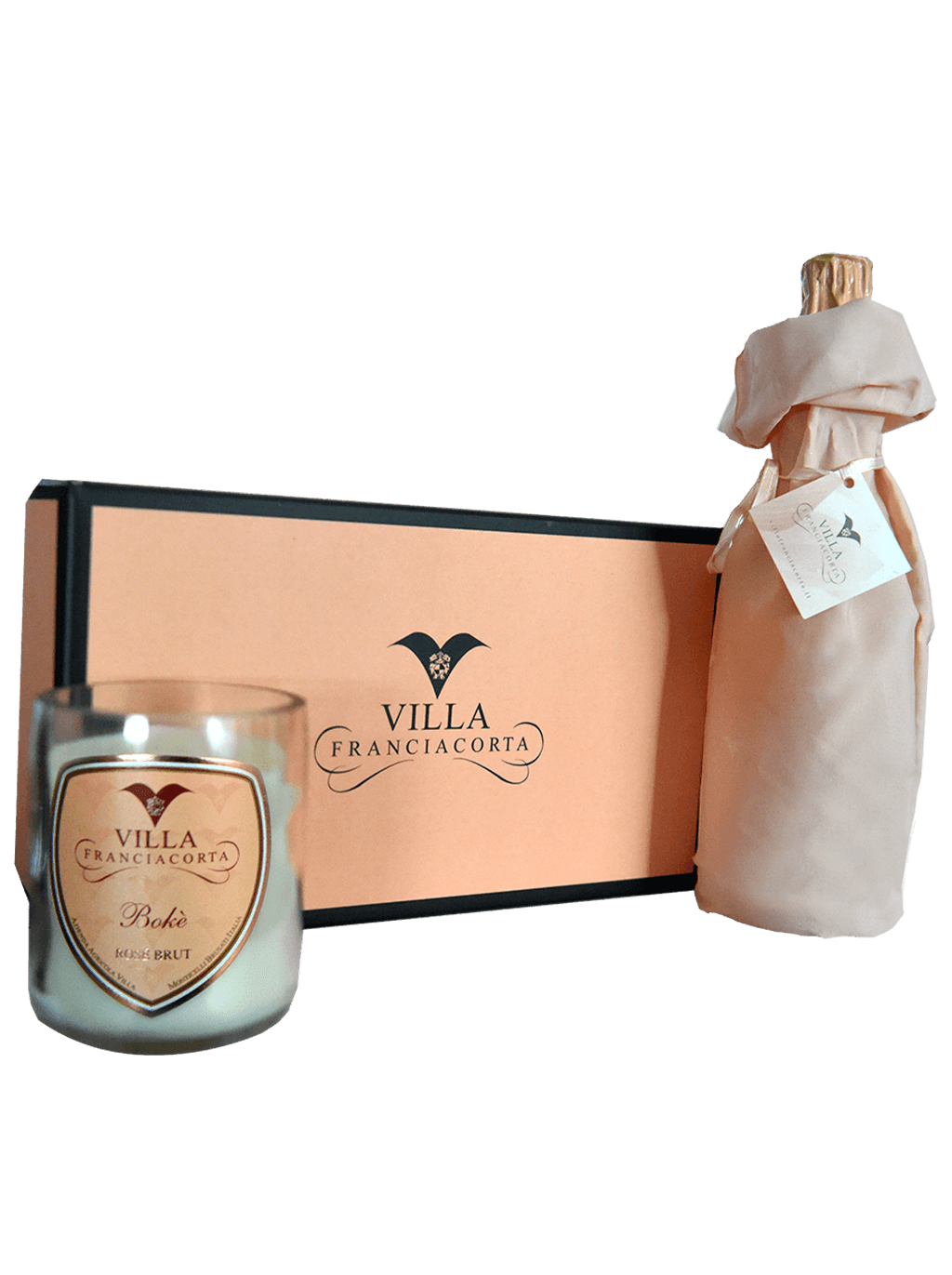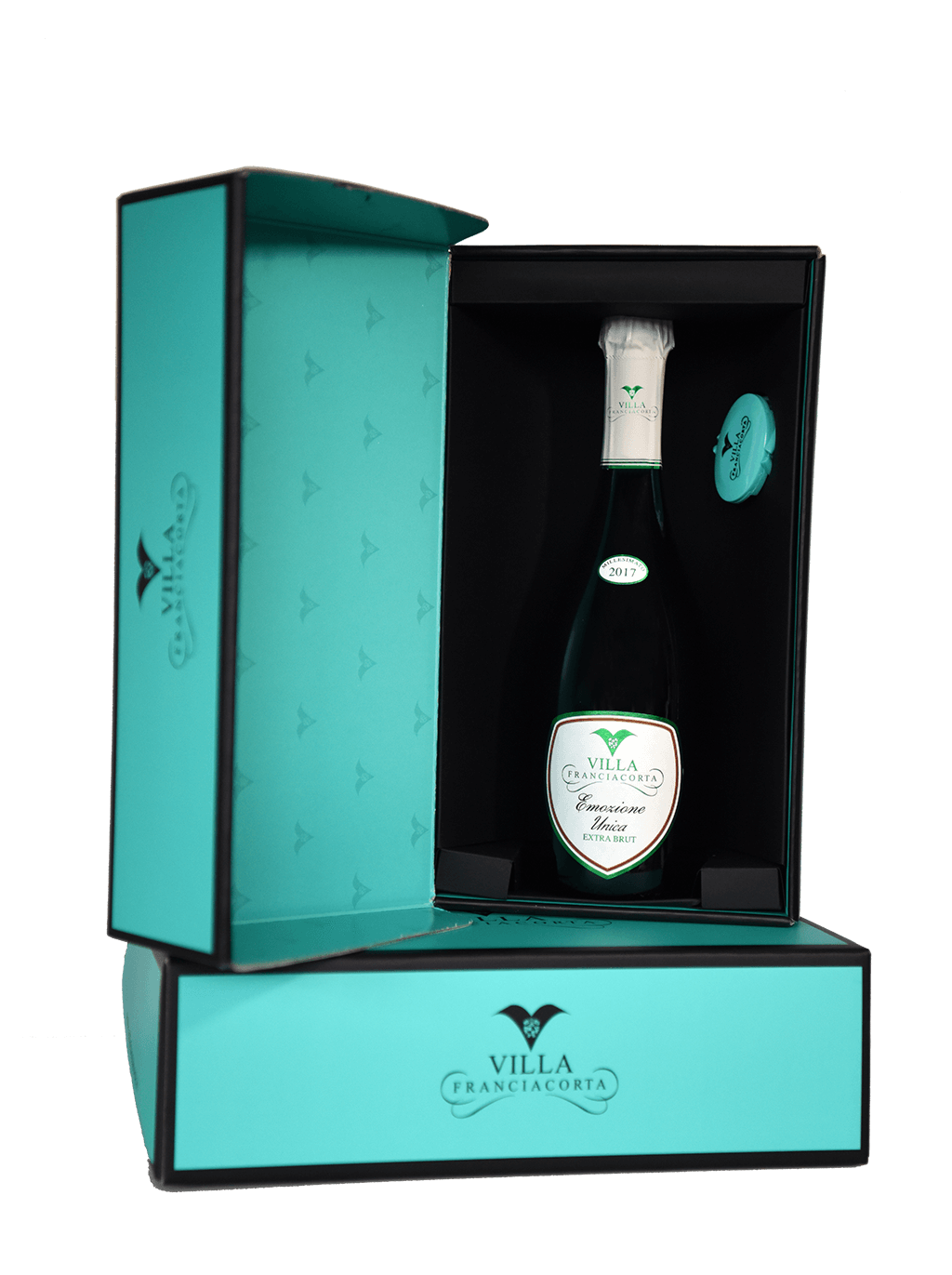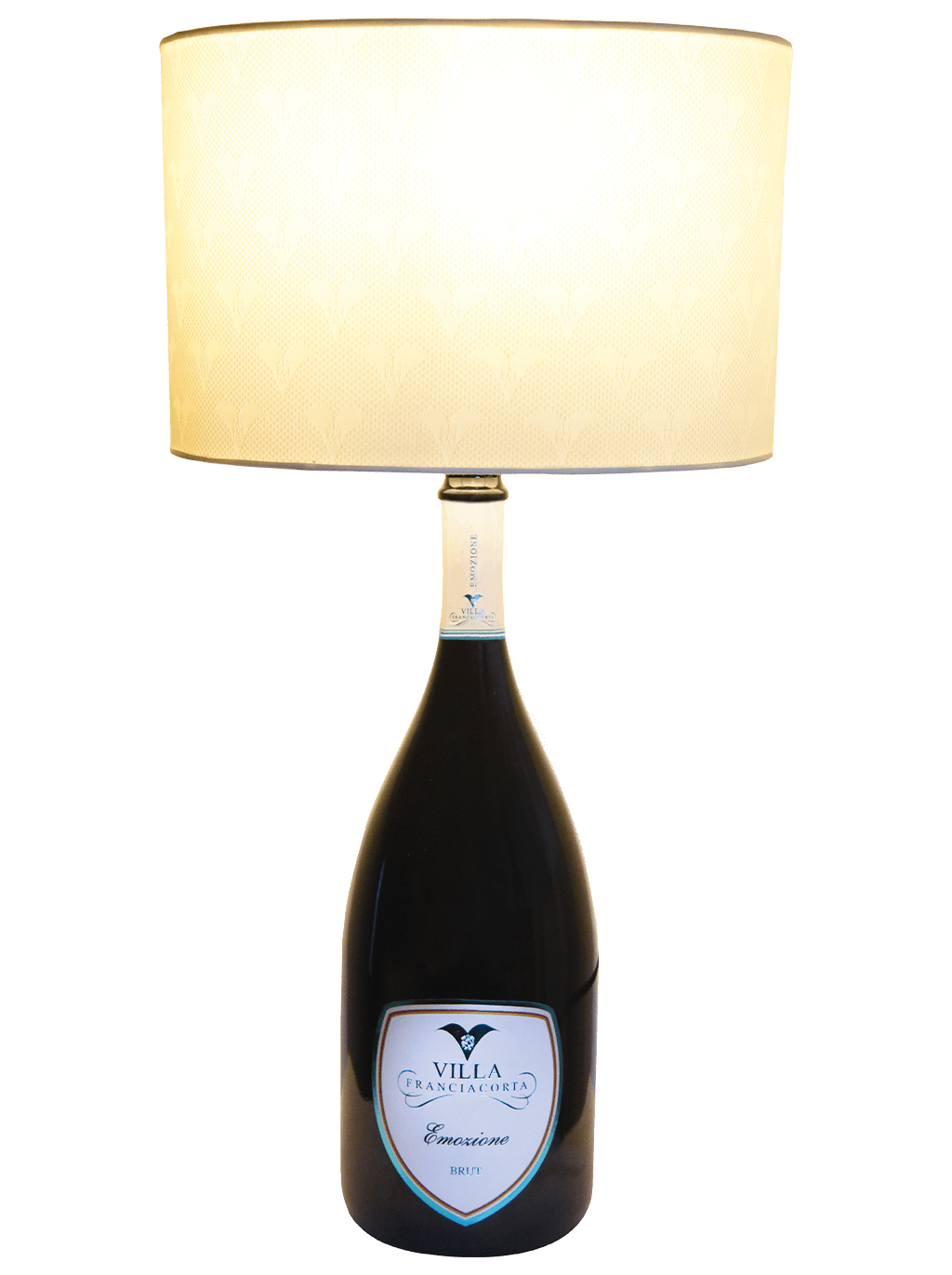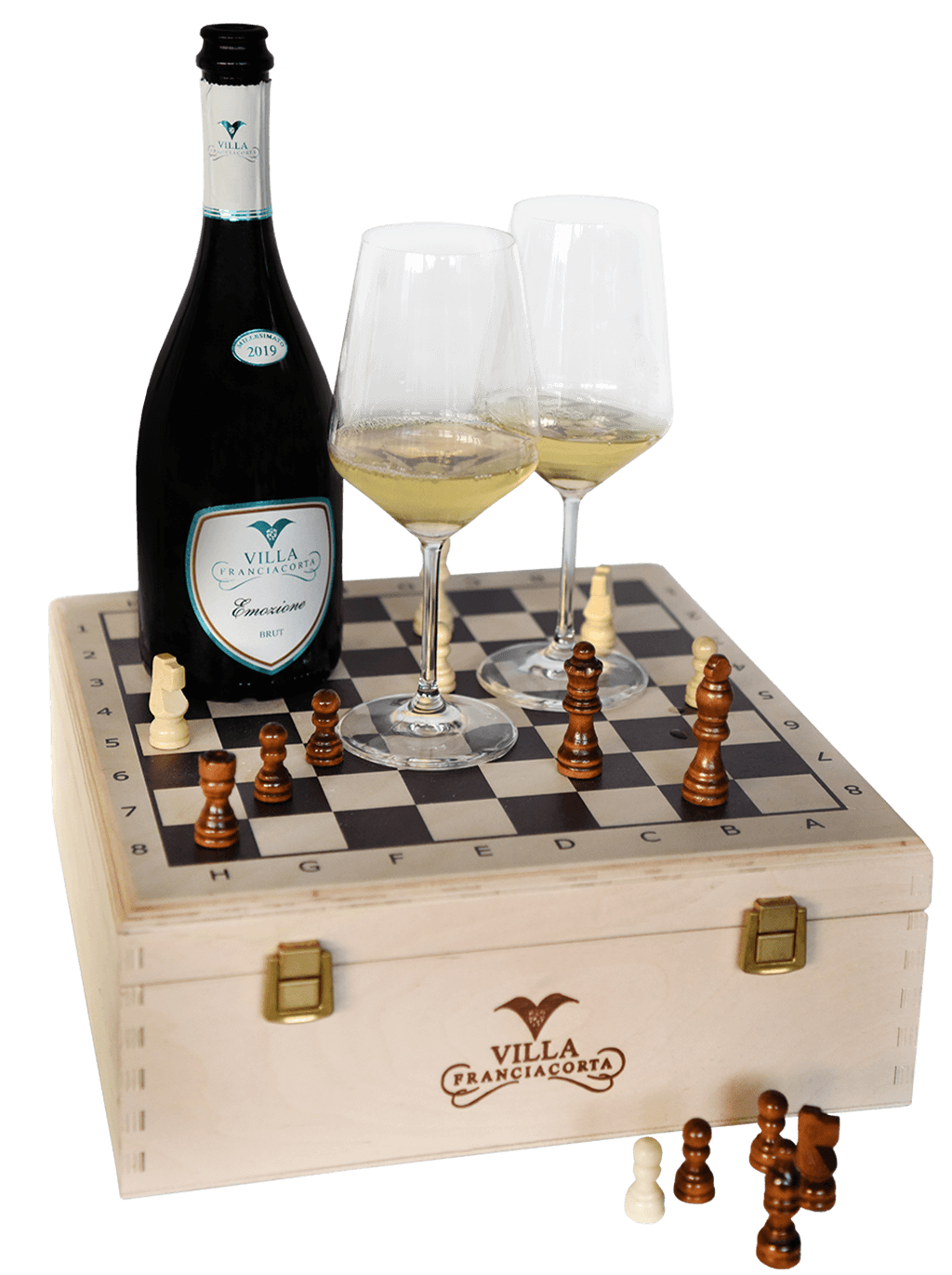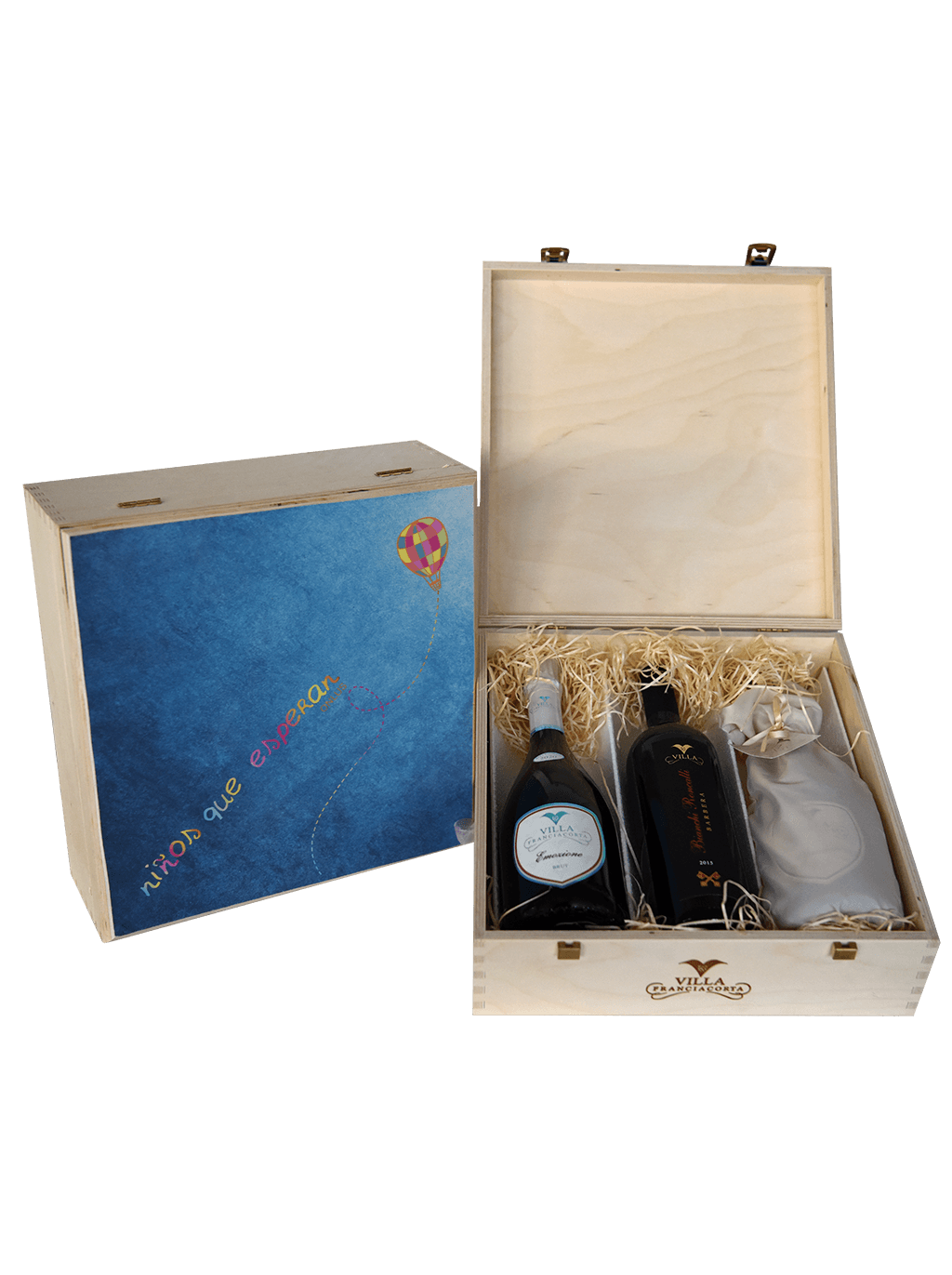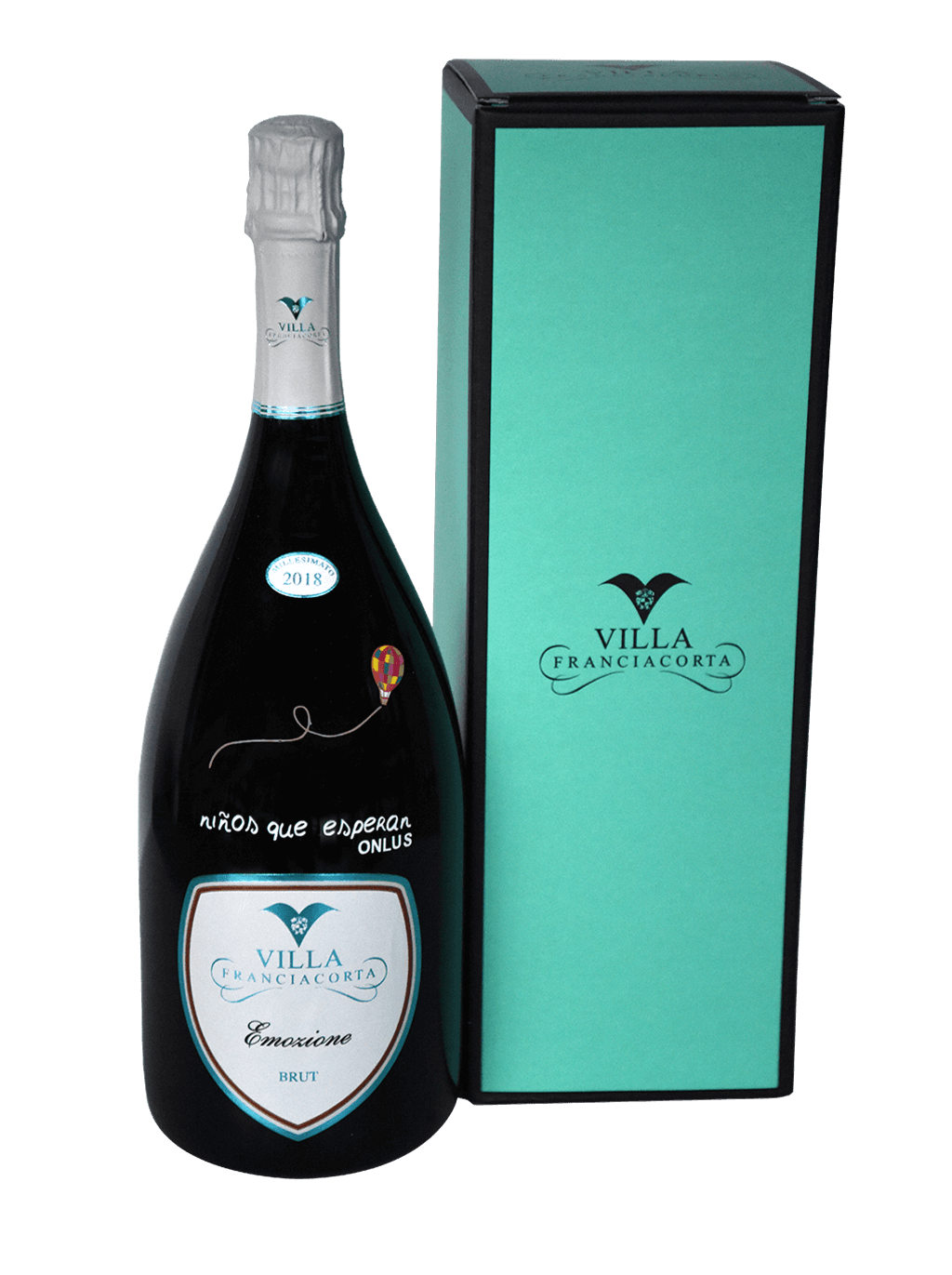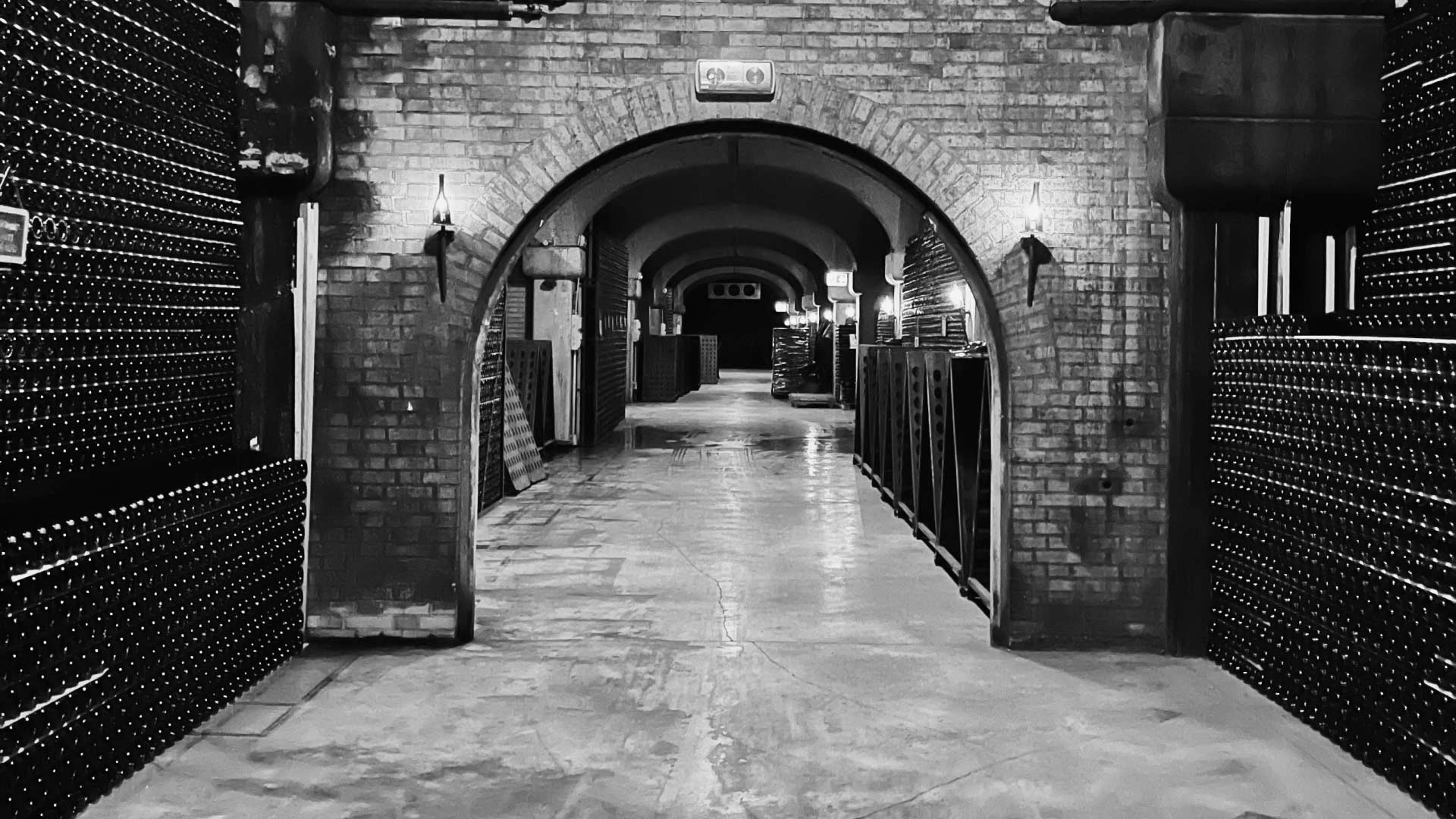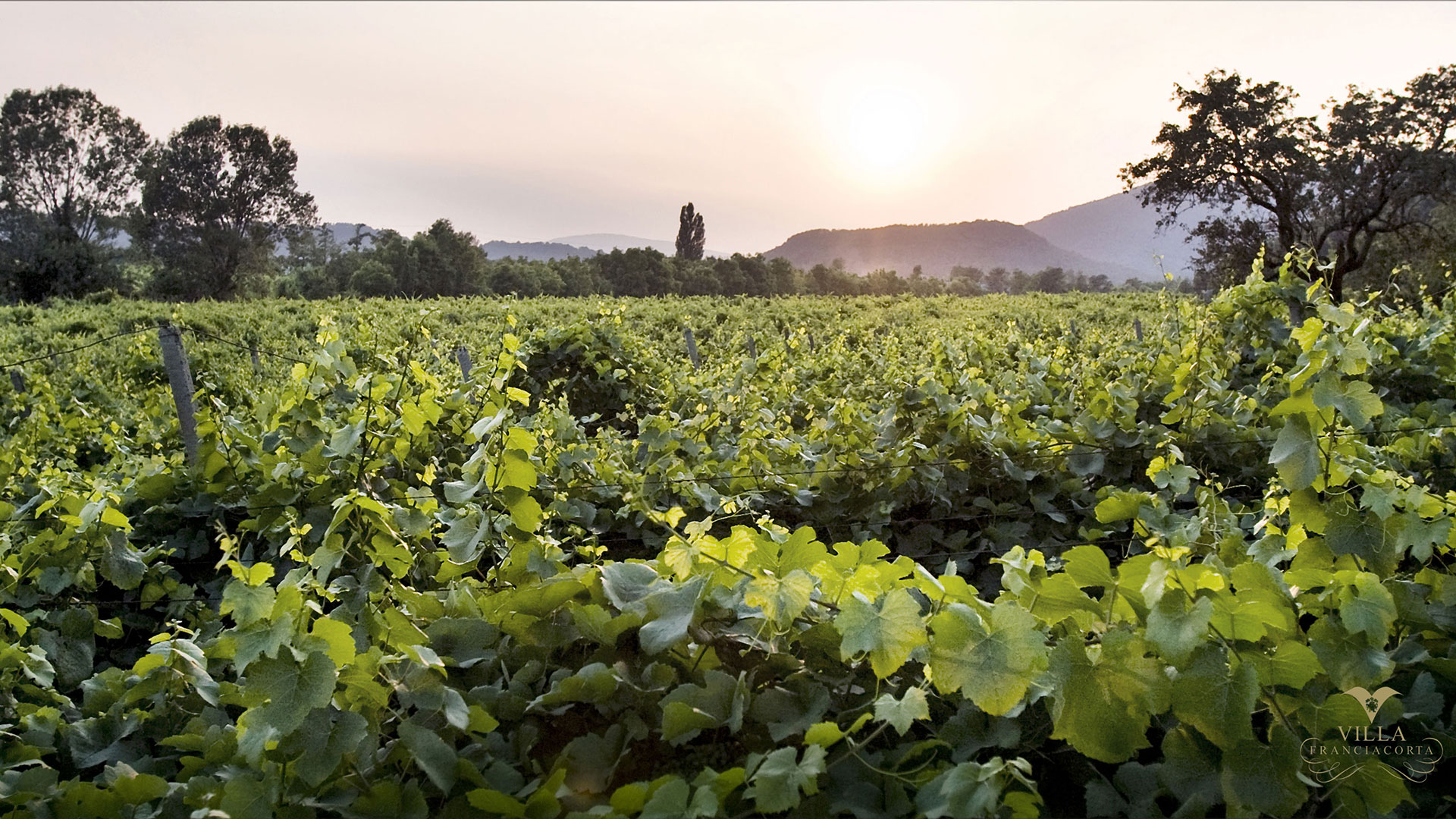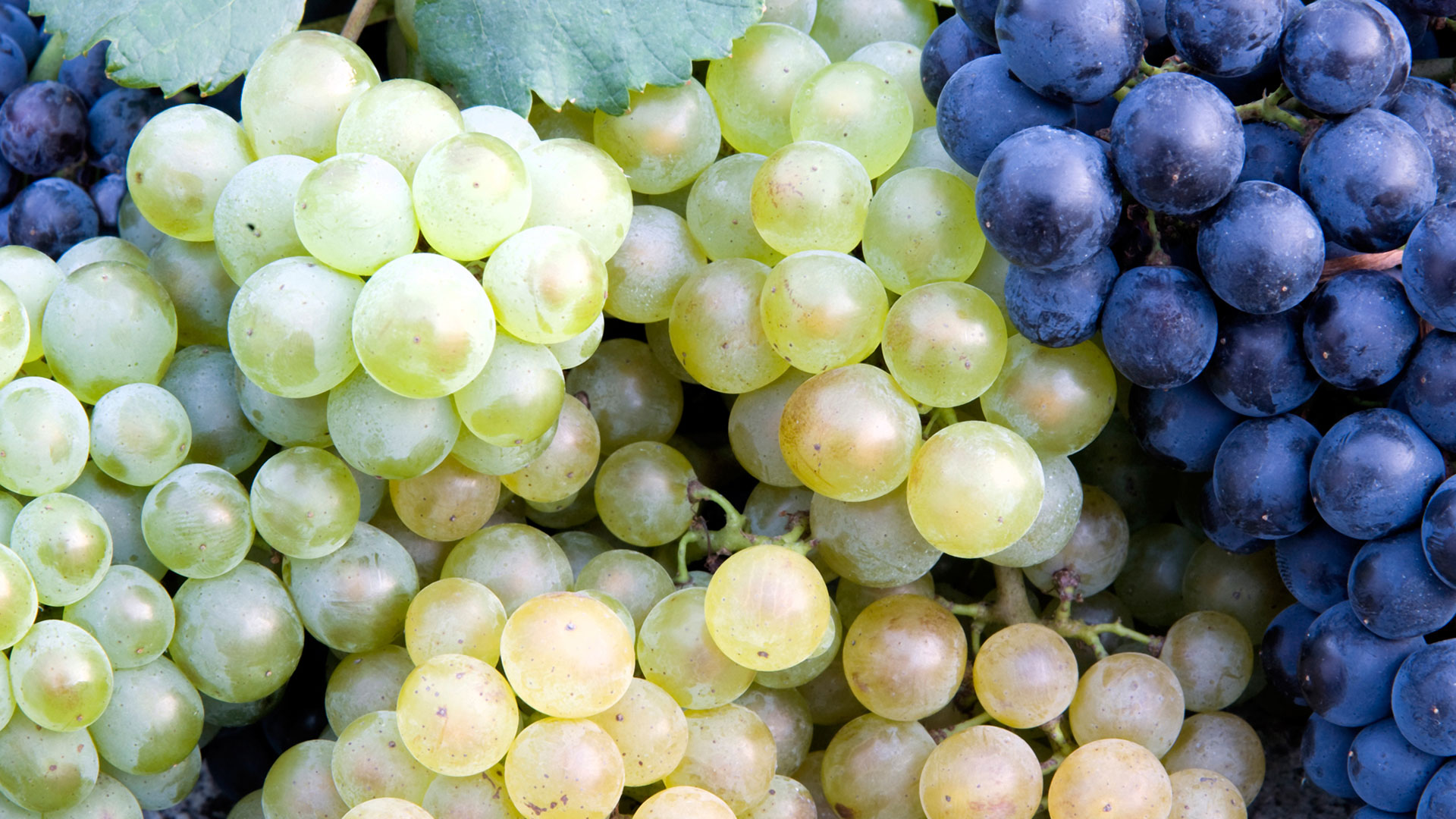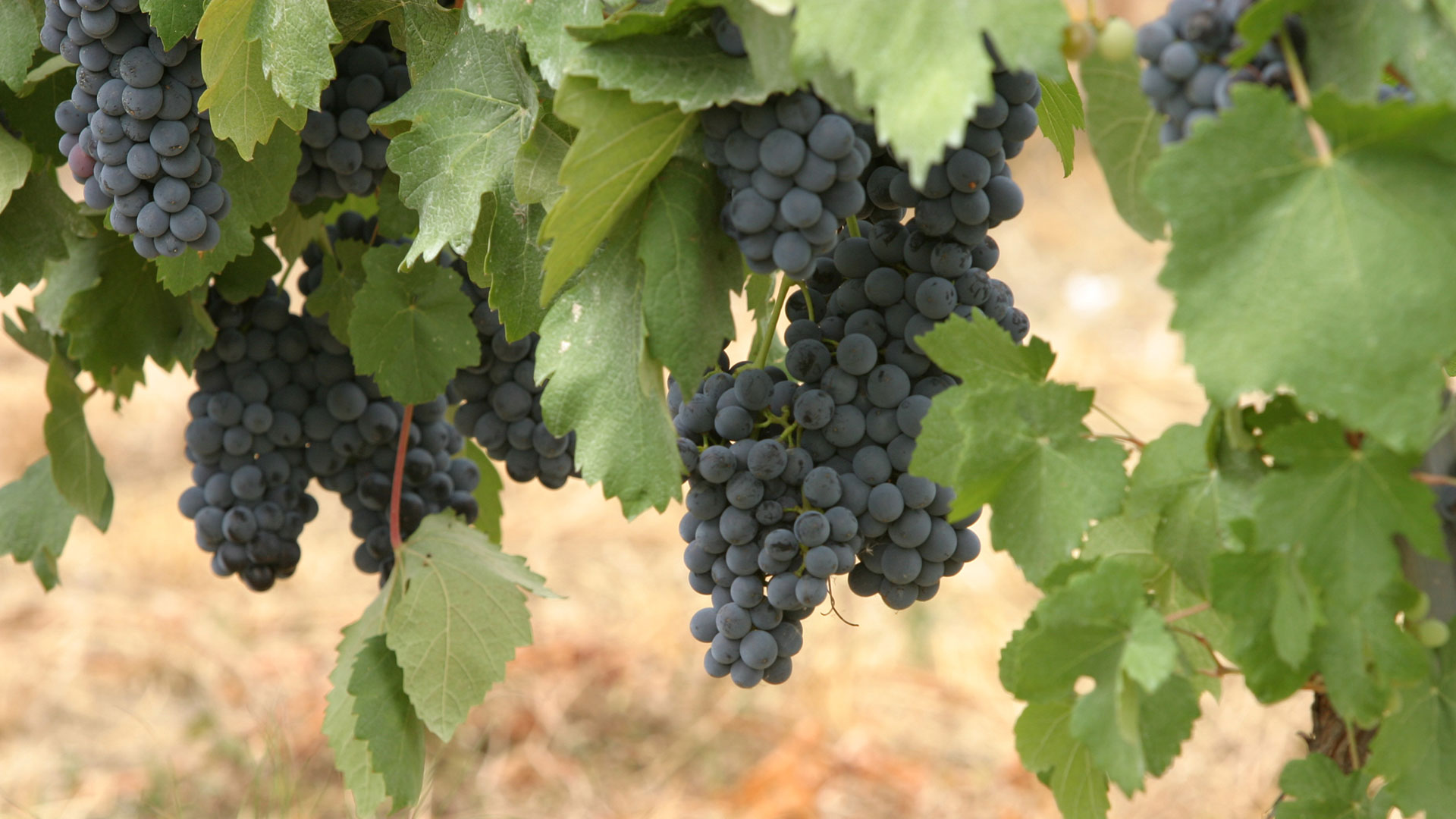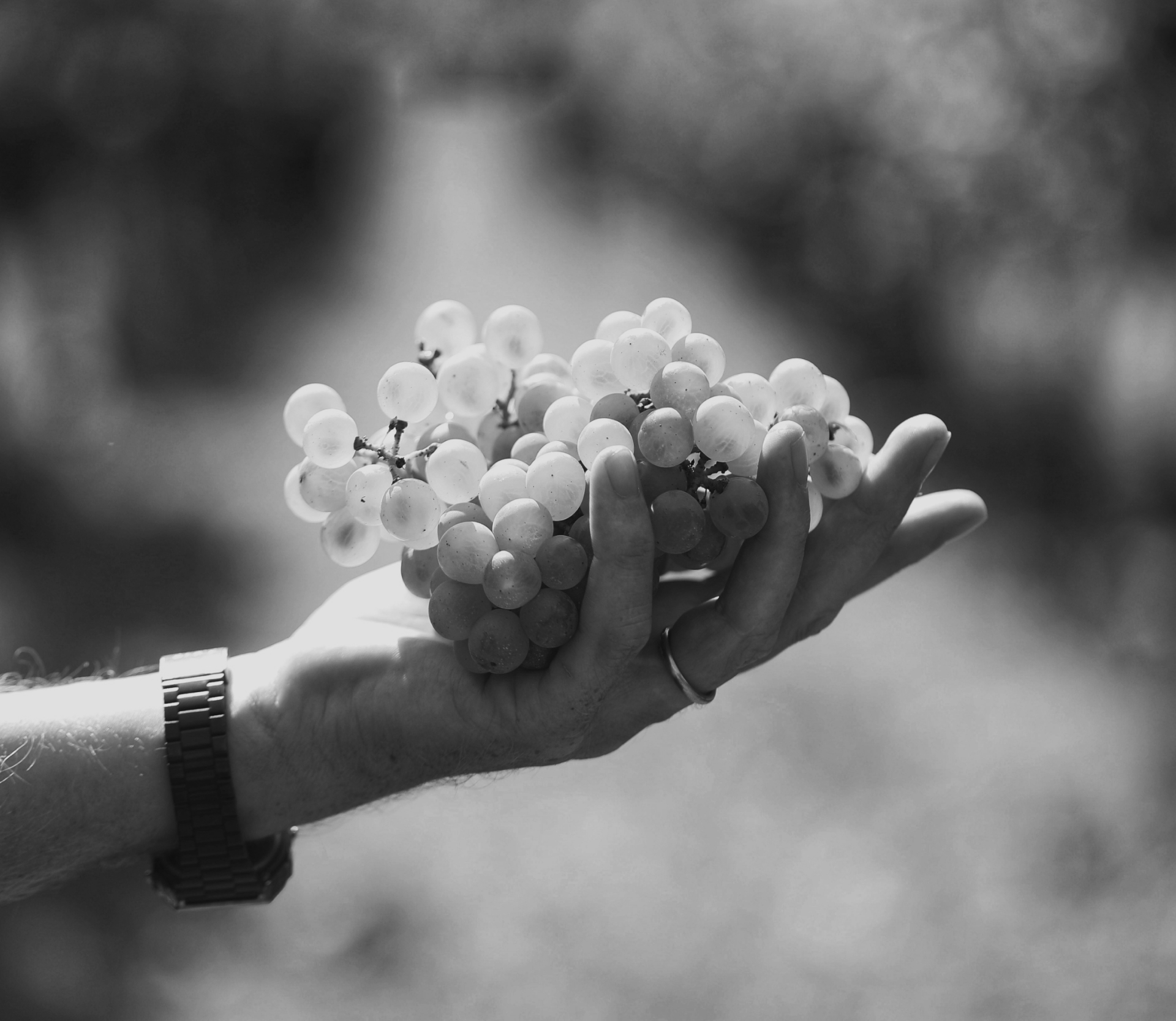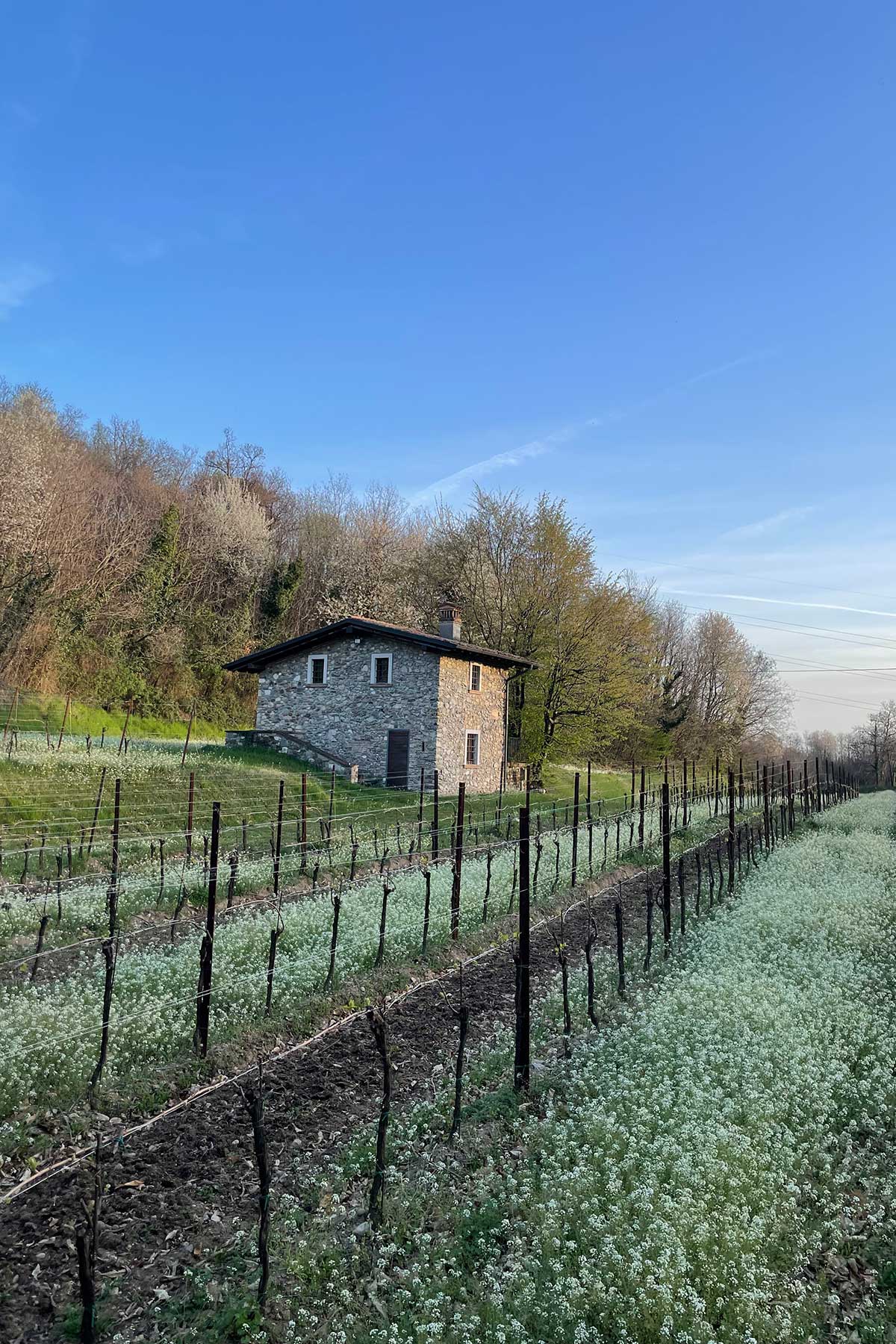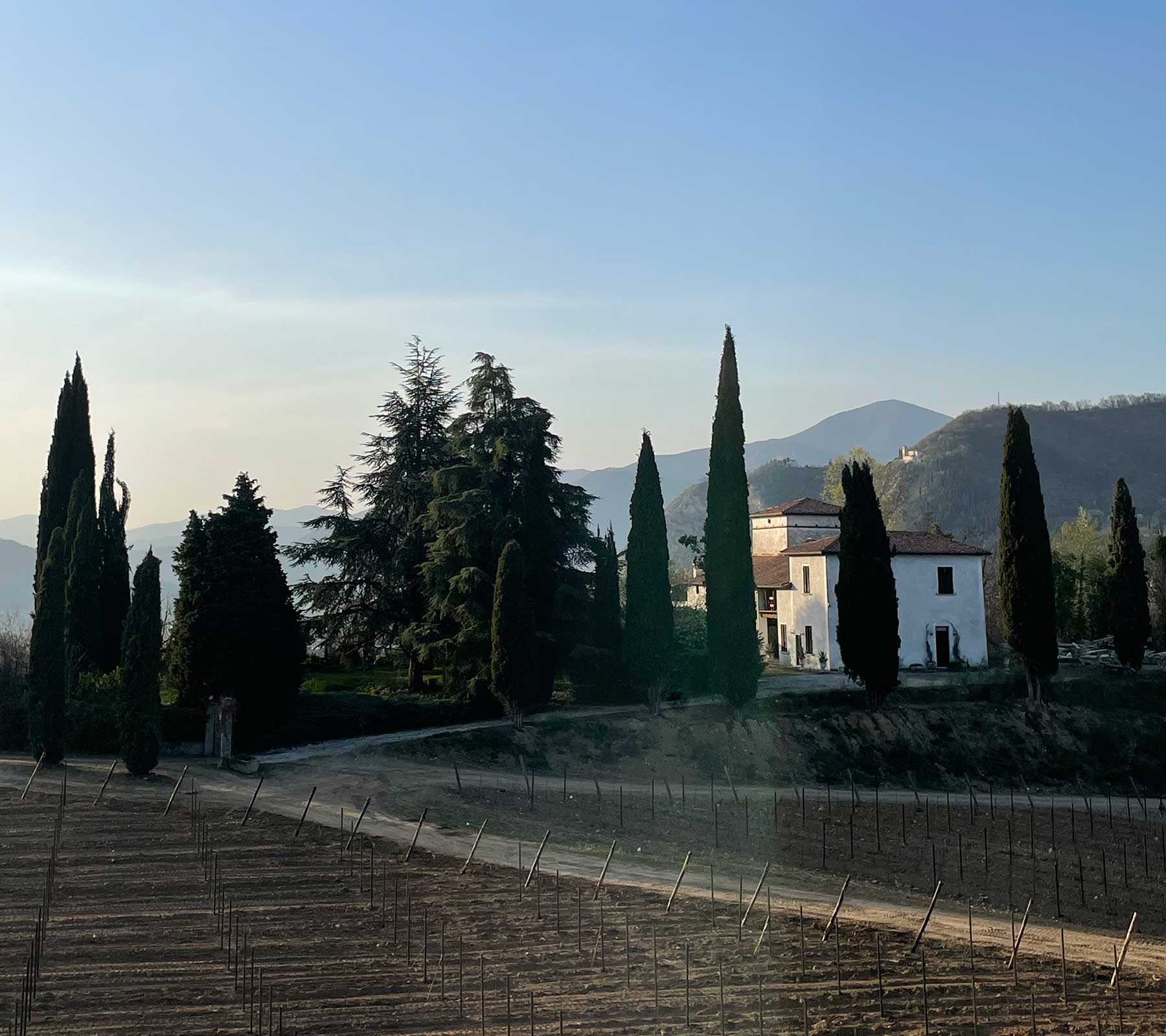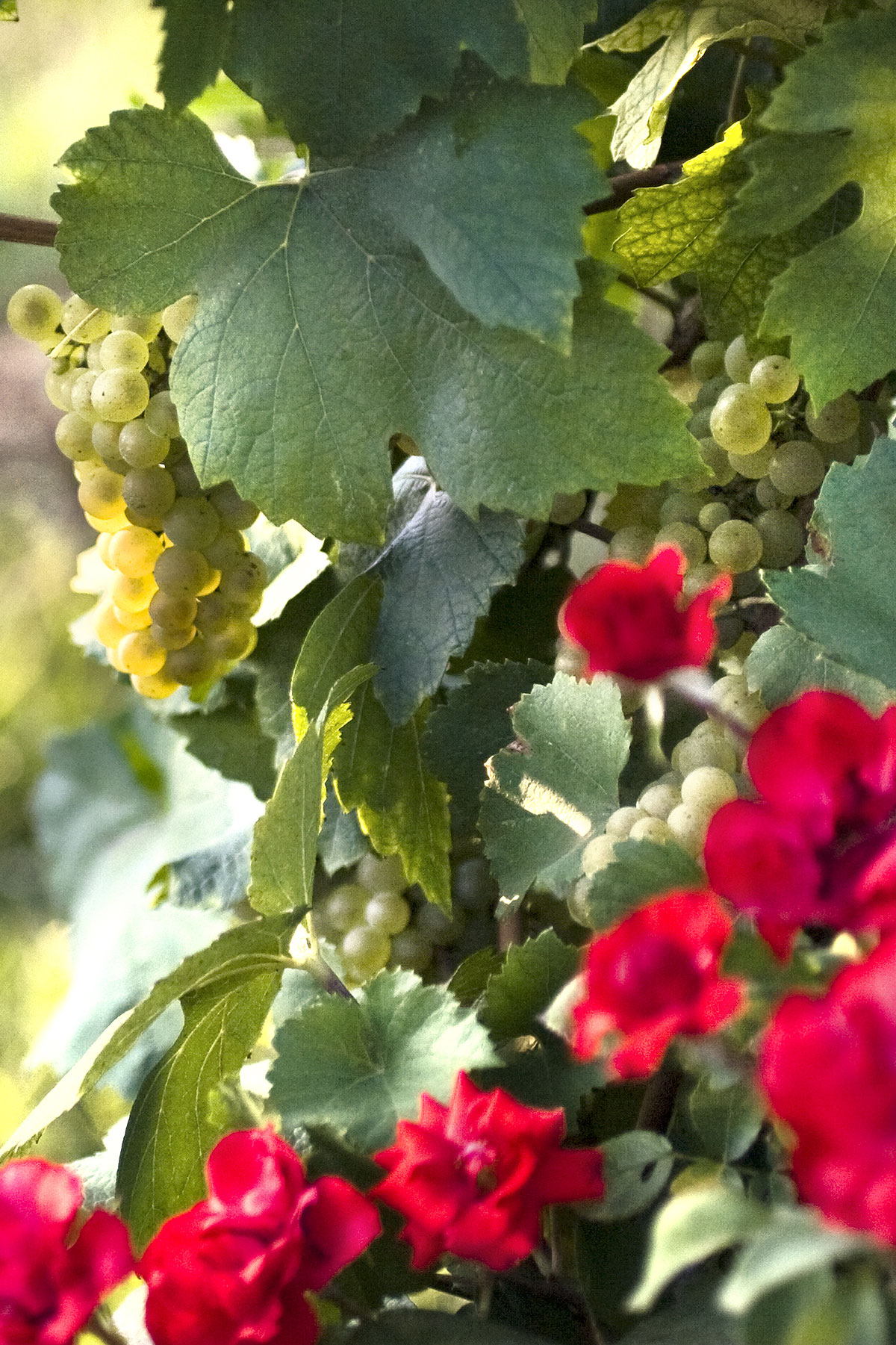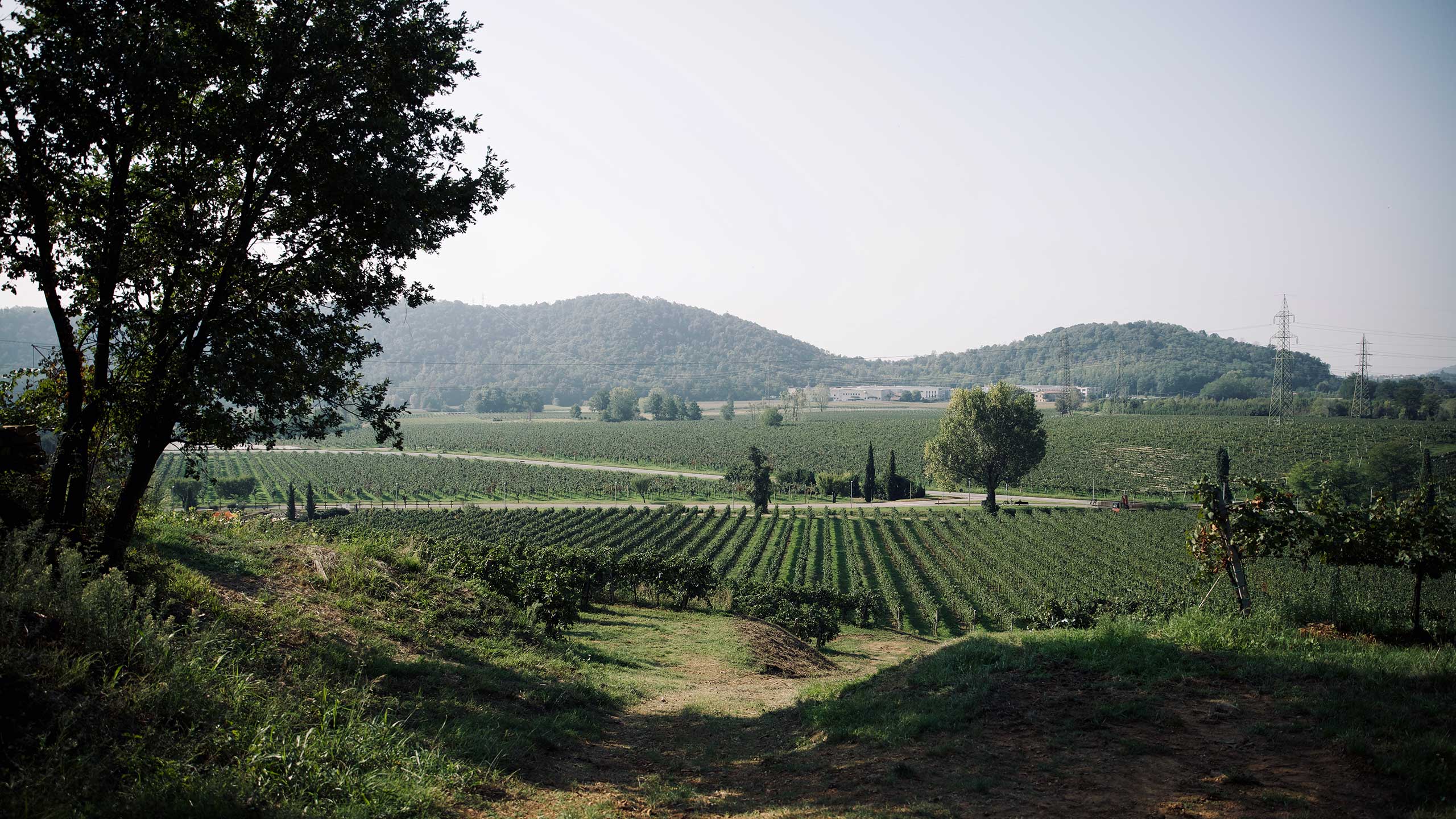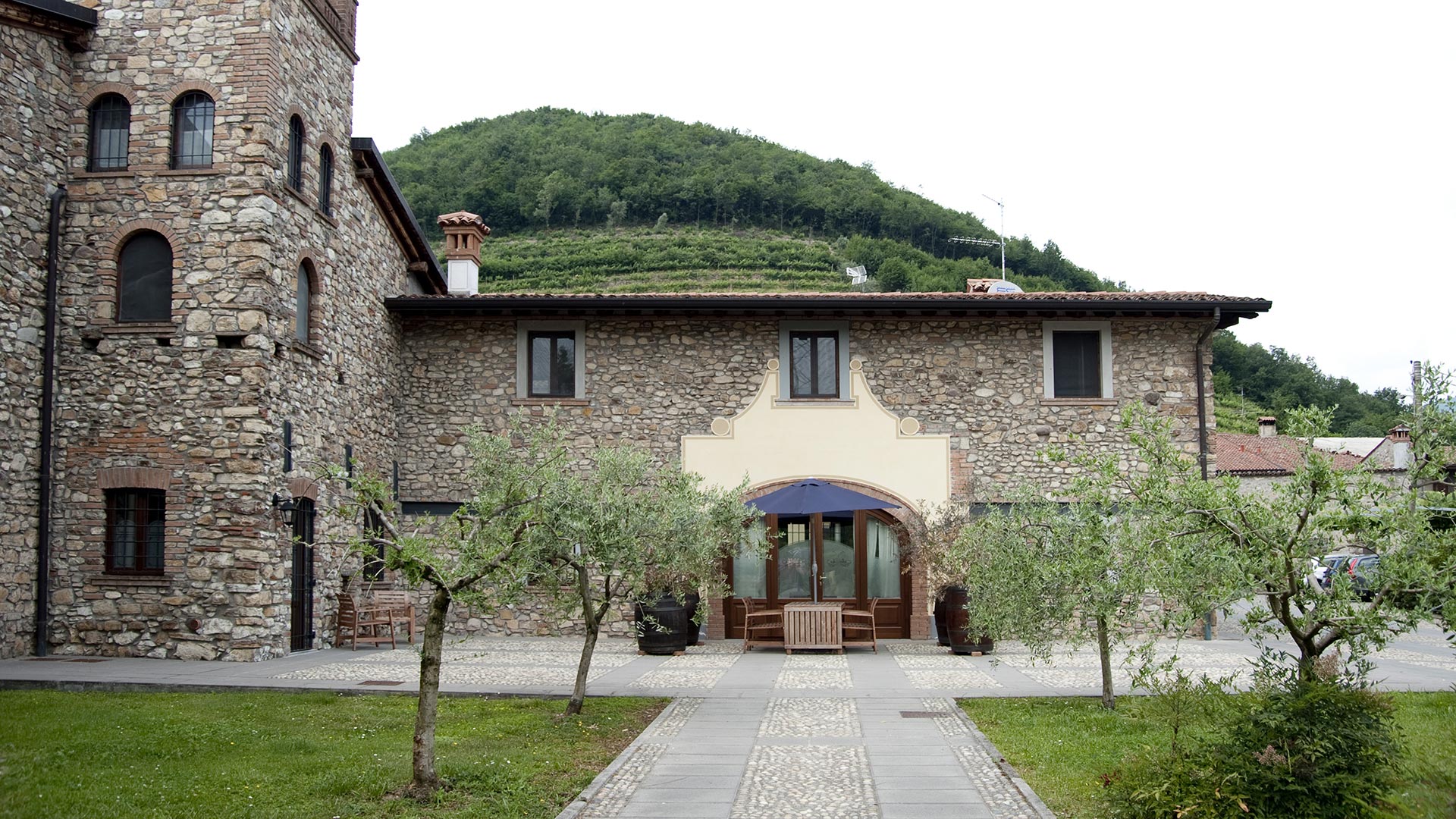Origins
At Villa Franciacorta, as accredited geopedological studies testify, the soil is composed of sedimentary clays and stratified selciferous marls with rocks that are about 150 million years old, rich in marine fossils, evidence of the primordial presence of the sea.
Thus, these are not soils of morainic origin, as in much of Franciacorta, but virgin soils, rich in minerals from marine fossils encapsulated here. The grapes produced express aromatic richness, excellent flavor, refined taste and the unmistakable bouquets of the wines, which have been produced in contrada Villa for more than six centuries.

















